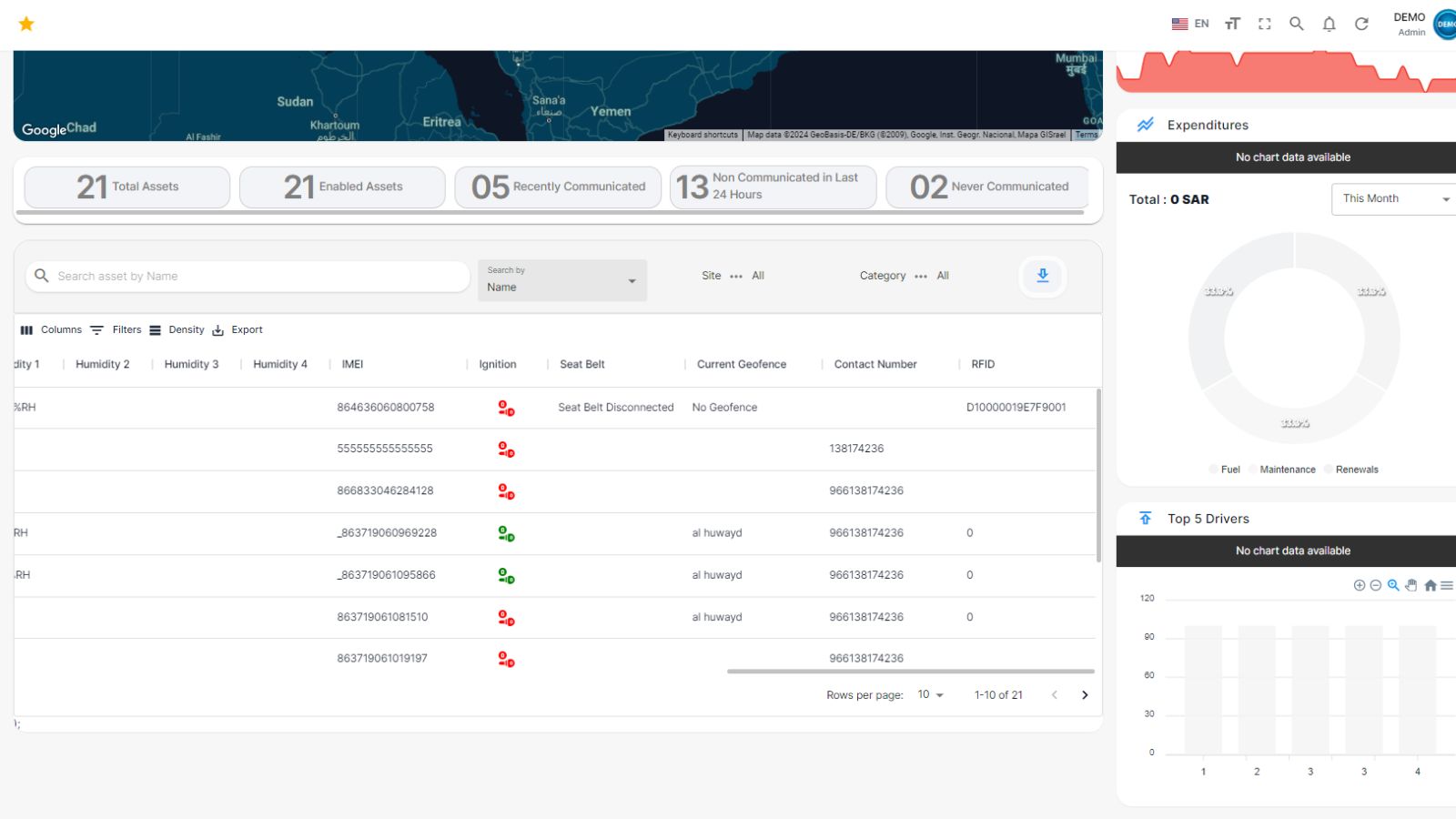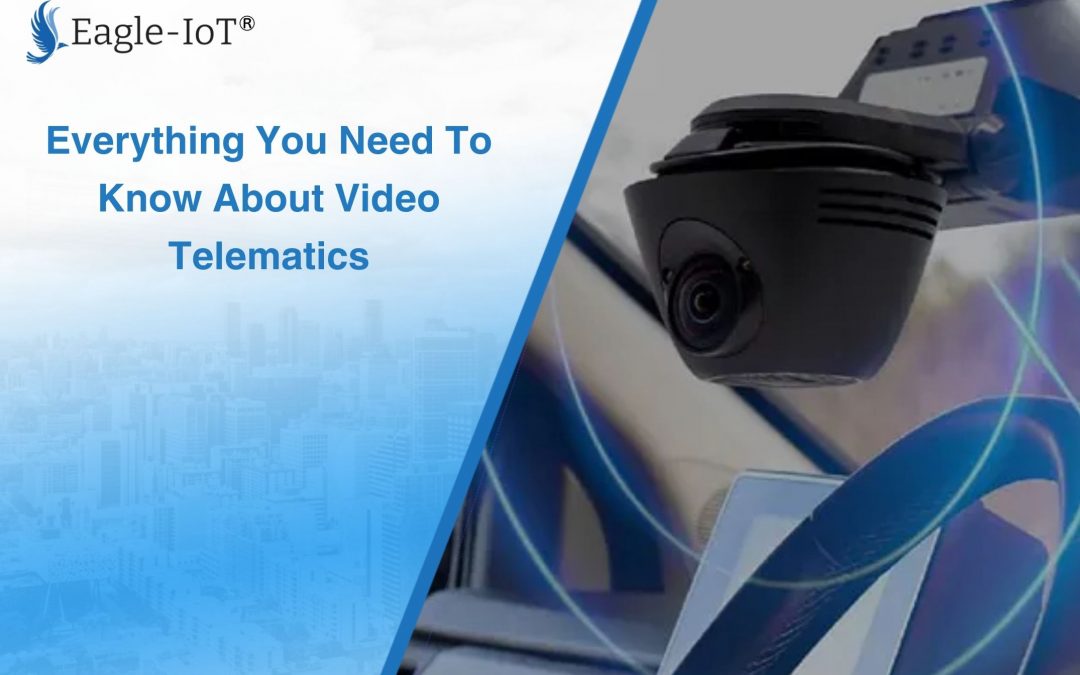Everything you need to know about video telematics
Not so long, having a fleet of vehicles equipped with a diversity of HD video cameras was considered a luxury, only available to the wealthiest fleets. But as technology has advanced and production processes have become more efficient, fleet managers have passed that stage of crossing the chasm into widespread adoption
Earlier fleet managers were using telematics software to handle timesheets, track vehicle movements, and check driving standards across all of their vehicles but with the widespread adoption of video telematics fleet managers can now assess risk and take important strides toward putting an effective safety program in place. Do you also want to add video telematics to your fleet but have some reservations? This article will provide you all insights about video telematics to help you steer clear of any misunderstandings you may have encountered when exploring about video telematics


With a technology to integrate cameras and analytics with fleet tracking, video telematics can be used as a tool to identify and modify risky driving behavior and serves a timely video evidence of critical incidents.
A video telematics solution should be more than a passive video recorder. Eagle-I’s AI-based camera has a built-in camera with a resolution of 720P by default (which can be extended up to 1080P) supports up to 4 remote cameras to monitor the outside, cabin, sides, rear, and driver of a vehicle regardless of it being in motion or parking. The AI-camera works on ADAS and DMS algorithms which serve as a virtual coach to avoid accidents and assist drivers in gradually improving their performance on the road by providing real-time, actionable alerts.
Driver Fatigue/Distraction Monitoring
Multitasking and driving can’t go hand in hand! No matter how skilled you and qualified driver you are, driving safely demands your all focus on the road. Some of the common distracted driving events or driver fatigue events detected by Eagle-I video telematics are smoking, yawning, drowsing, camera blockage. However, distraction detection technology is designed to respect driver privacy and it does not collect, store or use any biometric identifiers or biometric information (i.e., scans of facial geometry) to detect distracted driving behaviour
Driving Behavior Analysis
To provide a more holistic view, video telematics combines dashcam footage with vehicle analytics to detect risky events with the help of AI and notifies the manager in real time. With the help of video telematics fleet managers can be notified when the driver gets too close to the vehicle in front that they may collide. The sensor will not only beep and warn the driver but will also generate an alert to the fleet manager. Similarly in case of drifting and switching lanes fleet managers will get an instant alert. Fleet managers can also set the alerts in case of forward collision, lane switch, over speeding, harsh braking, signal violation, or seat belt absence. Similarly, if someone other than the assigned driver is driving the vehicle, the driver’s absence event will be triggered.

Video telematics ensures fleet-wide insights and real-time customized alerts by providing the driver’s perspective of what’s happening in real-time, it can also serves as return on your investment by increasing driver engagement, improving operational visibility and powering insurance claims. To ensure safe driving culture and achieve your fleet safety goals, Eagle-I provides the facility to save video clips triggered by key events to the cloud for driver coaching, later review or evidentiary support. Data can be easily accessed and analysed through Eage-I dashboard.
Get your fleet outfitted with video telematics today and stay ahead-of-the-curve with the gold standard in trucking technology.
Interested in video telematics for your fleet?


